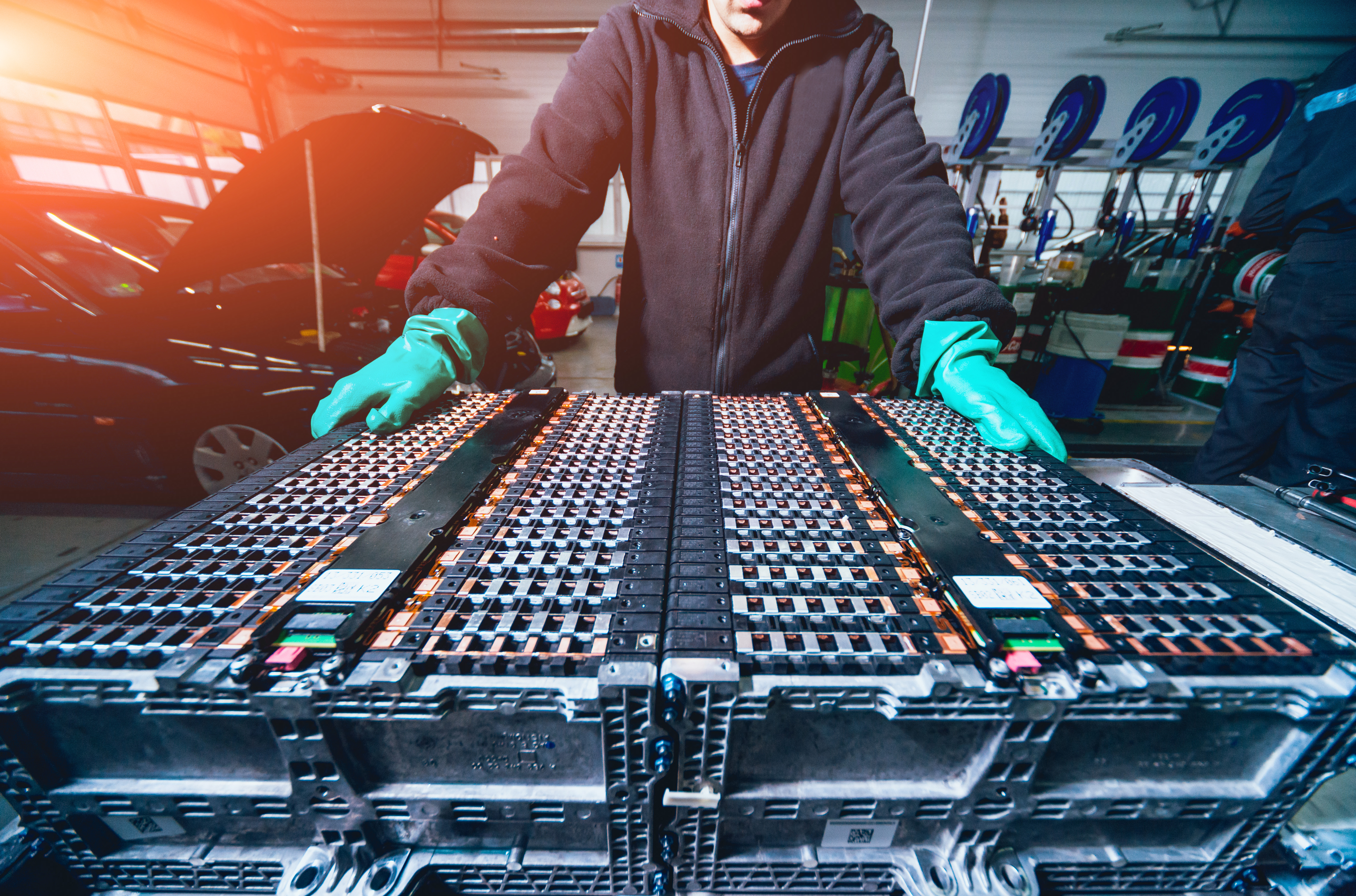Reneos: the European tailor-made solution for end-of-life batteries
Reneos is a European network specialising in the collection and recycling of batteries, and offering tailor-made solutions. Read more about it here
From the manufacturer to the dealer to the consumer. Back to the manufacturer, to the remanufacturer or the recycler, passing go and making another round. Lithium-ion batteries have a long journey to make in their lifetime, especially as they become more and more circular. Yet, with many people’s safety at stake, on every move and stop they need to be handled with the utmost care. That’s why lithium-ion batteries come with many regulations you need to consider, whether you are an importer, a producer or a handler. In the game of lithium-ion batteries, you win by playing safe!
Read on to discover the safety regulations and guidelines concerning lithium-ion batteries, in different phases of their life cycle.
Even though their battery chemistry is considered one of the safest, lithium-ion batteries still pose significant risks when not handled carefully.
The high-voltage nature of a lithium-ion battery comes with electrical hazards, such as short circuit, electrocution, electric shock or burning, whereas the chemical component inside the battery (the electrolyte) could leak out and cause intoxication or corrosion.

Lithium-ion batteries are also prone to thermal runaway. If the temperature exceeds a certain threshold, the cells begin to vent hot gasses, which increases the temperature even further, and ultimately leads to ignition and fire.
These scenarios sound scary, but if everyone plays by the rules, it doesn’t have to come to that. The regulations concerning lithium-ion batteries help you feel safe, rather than sorry.
The main regulations and guidelines for lithium-ion batteries are issued in three documents:
Depending on a battery’s condition and the phase in its life cycle, the risks and thus the safety rules vary.
What type of battery are you transporting? Let’s take a look at the different options and their ADR requirements.
New batteries at the beginning of their journey are in their most stable state (with the exception of manufacturing defects), as they are charged up to 60 to 70% to ensure stability. The risks are relatively low, but caution is still required during transport and handling. Moving the batteries could pose minor thermal and mechanical risks, which is why all ADR requirements, including labeling and packing, are to be taken seriously at all times.
Battery Directive 2006/66/EC states that every battery producer has a take-back obligation. You can meet your obligation yourself or work with an organisation that takes care of this for you and decides what happens next. The most desirable options are re-use or remanufacturing, meaning that the battery maintains the status of ‘product’ (as opposed to ‘waste’). However in practice, recycling is currently still the most common option.
In case of reuse or remanufacturing, Li-ion batteries on their way to their new purpose are labeled and packed the same way as new Li-ion batteries.
When a used battery can’t be remanufactured or reused for a different purpose, it gets the ‘waste’ status and its ADR specifications change. An undamaged waste battery will be taken to the recycler, following these labeling and packing rules:
Damaged lithium-ion batteries pose the biggest risk, as they are transported in a potentially highly unstable state. For packing, there is a distinction to be made between critical and non-critical damaged batteries. Damaged batteries in a critical state need to be packed in the safest way possible, to avoid accidents.
If you are looking for the perfect safety box for EV battery transport, we highly recommend one of our pre-approved systems, such as the Cobat Lithium Box or the Bebat PRO drums and ASPs. With these boxes, safety is maximised thanks to their perfect thermal insulation and many other state-of-the-art features such as easy fire water access or a sophisticated gas control system.
-> Discover more about our pre-approved packaging systems in this article.
After the batteries have safely arrived at their destination, sometimes they need to be stored for a while. Some countries have specific regulations concerning storage, others don’t. It is always advisable to check the legislation of the country in which you operate, and follow specific guidelines depending on the environmental permit, fire prevention rules and insurance. In general, we recommend you follow these storing tips:

Are you in charge of transporting lithium-ion batteries? Discover the three things you have to get right for safe transport in this article.